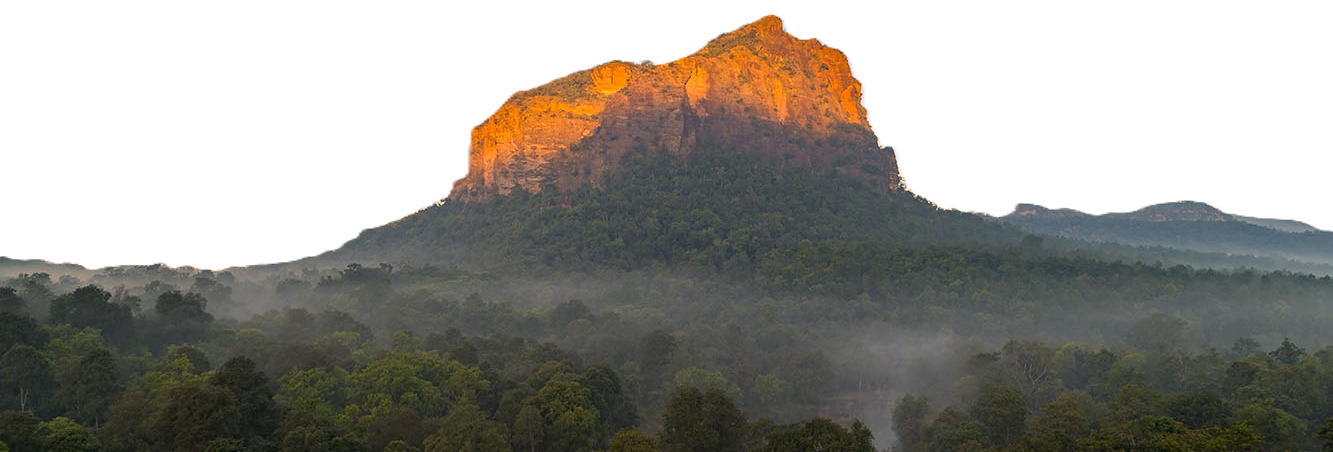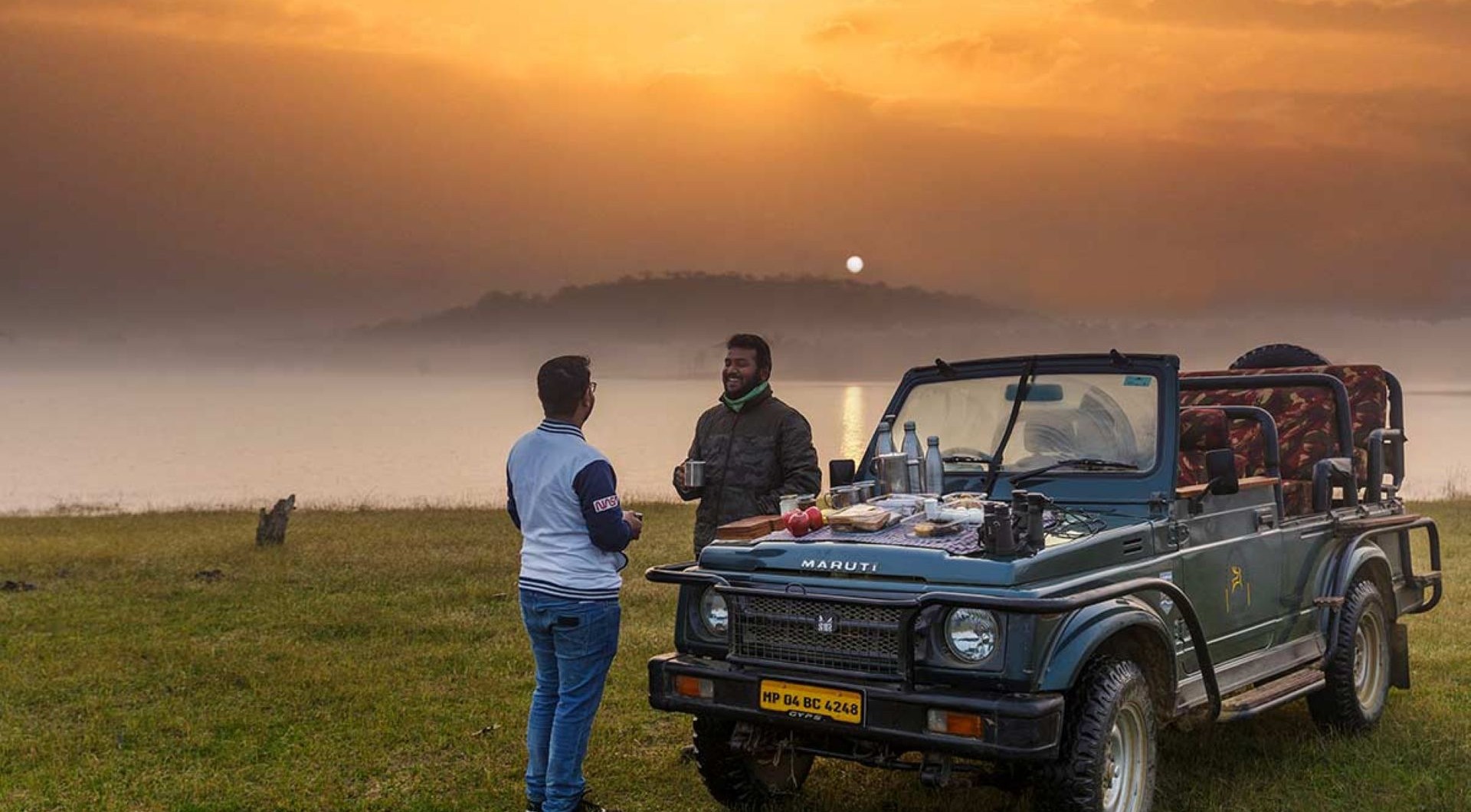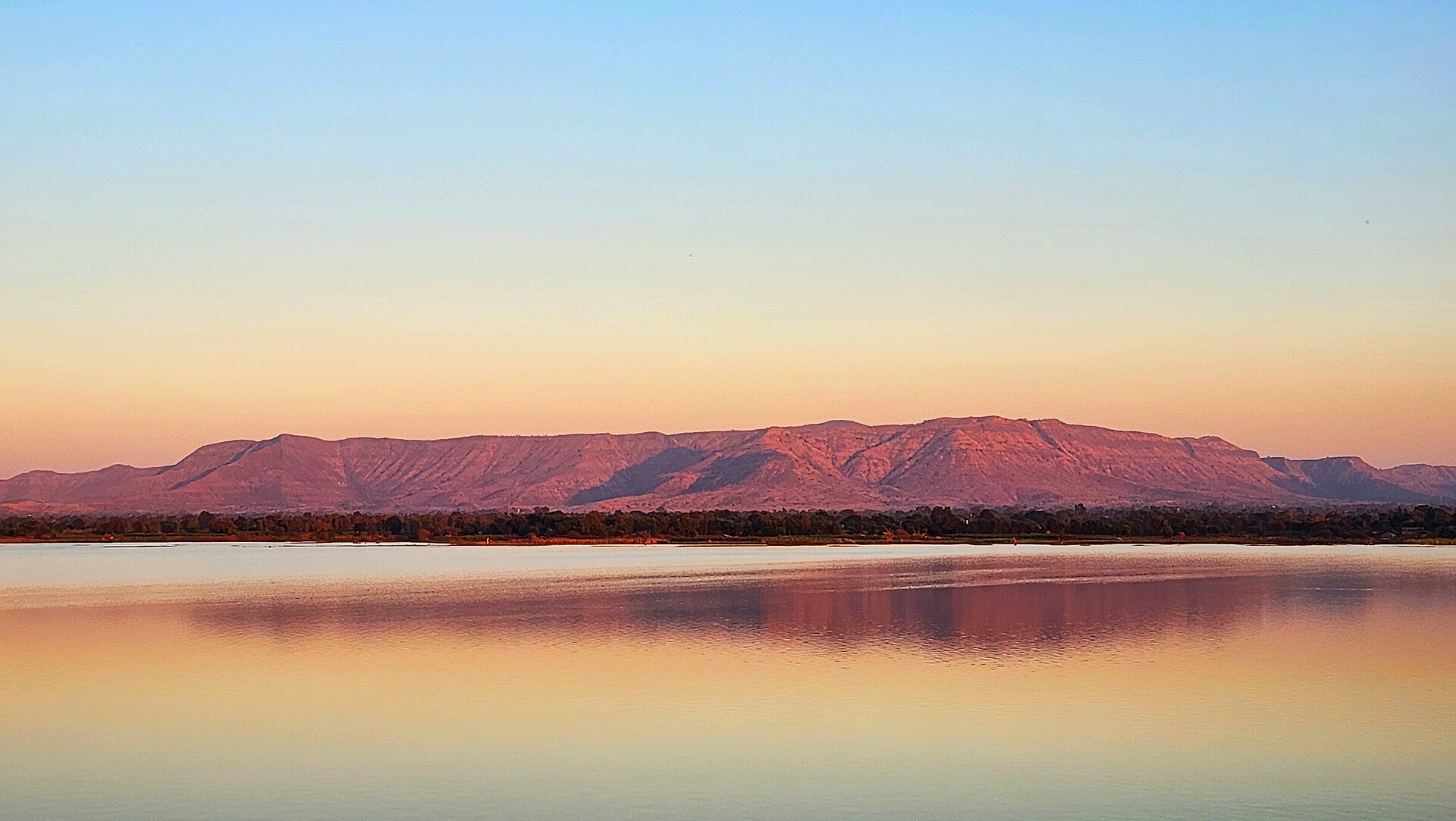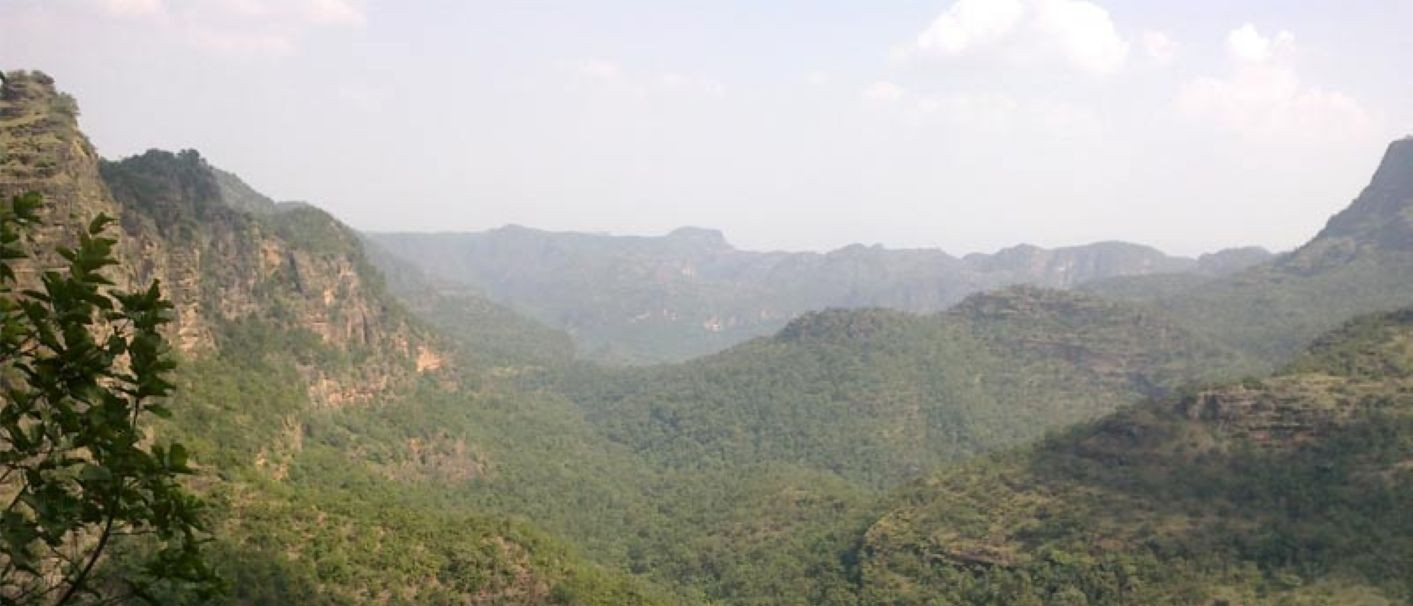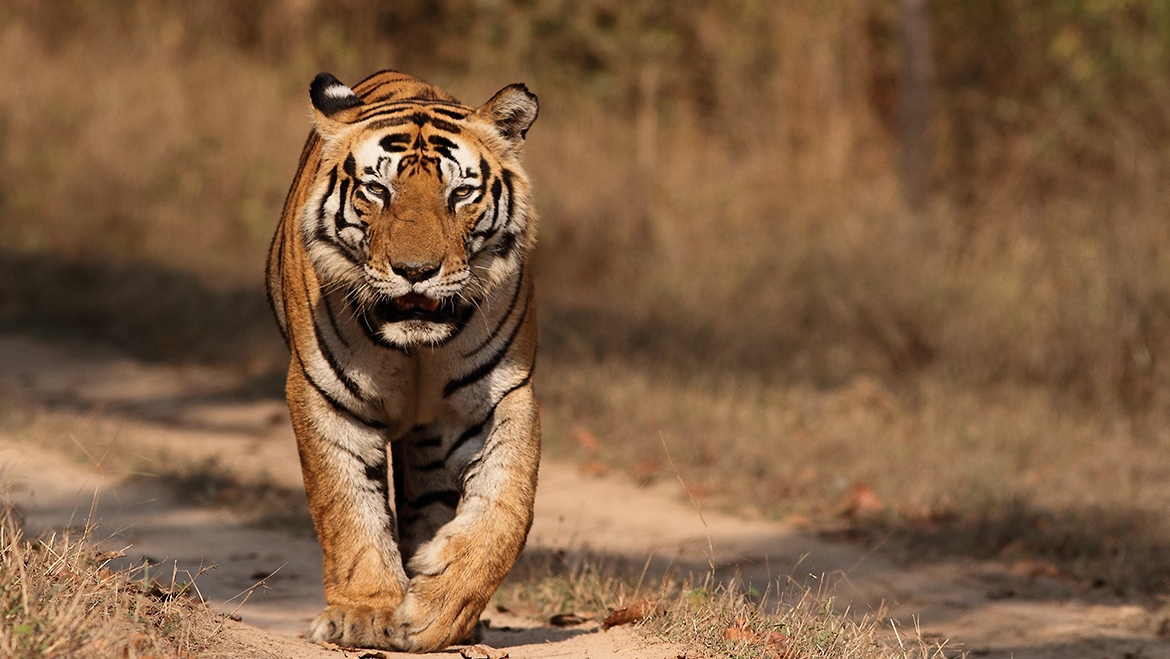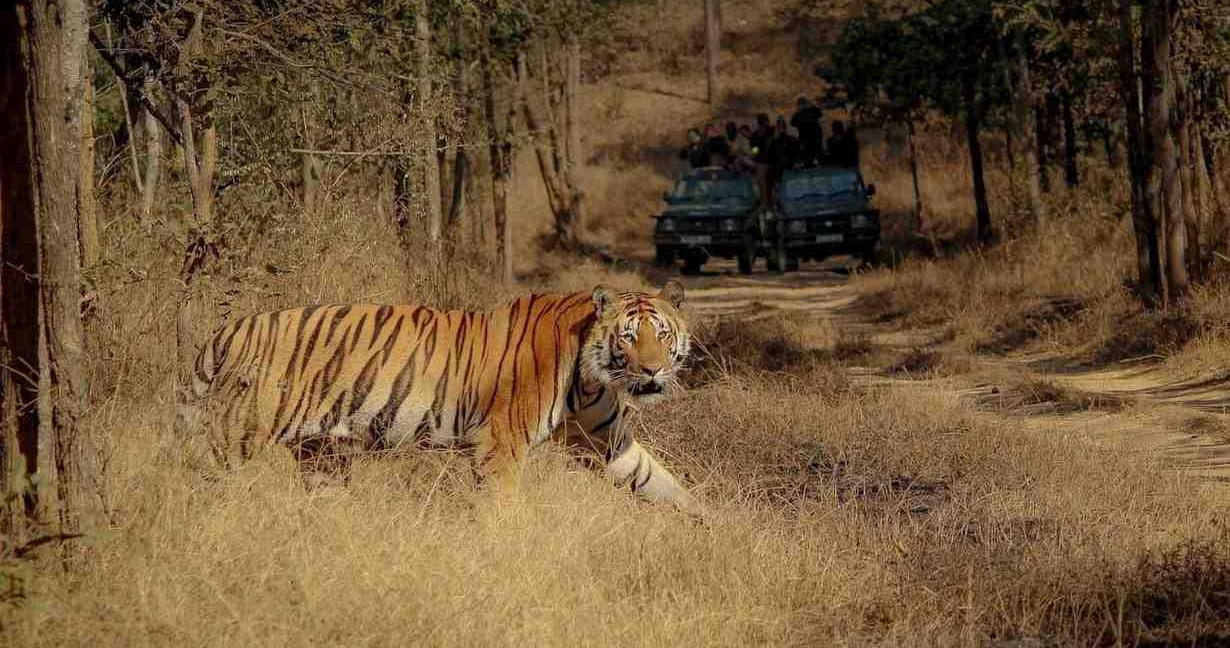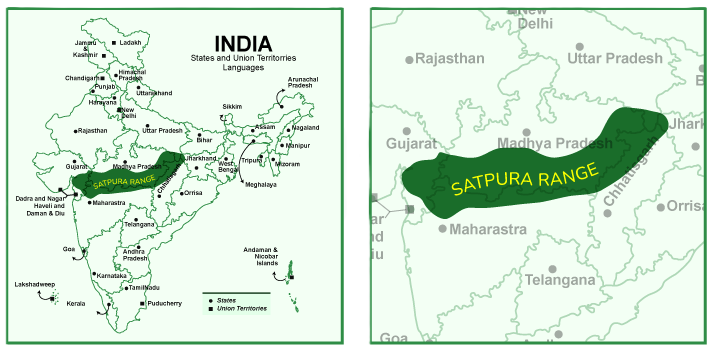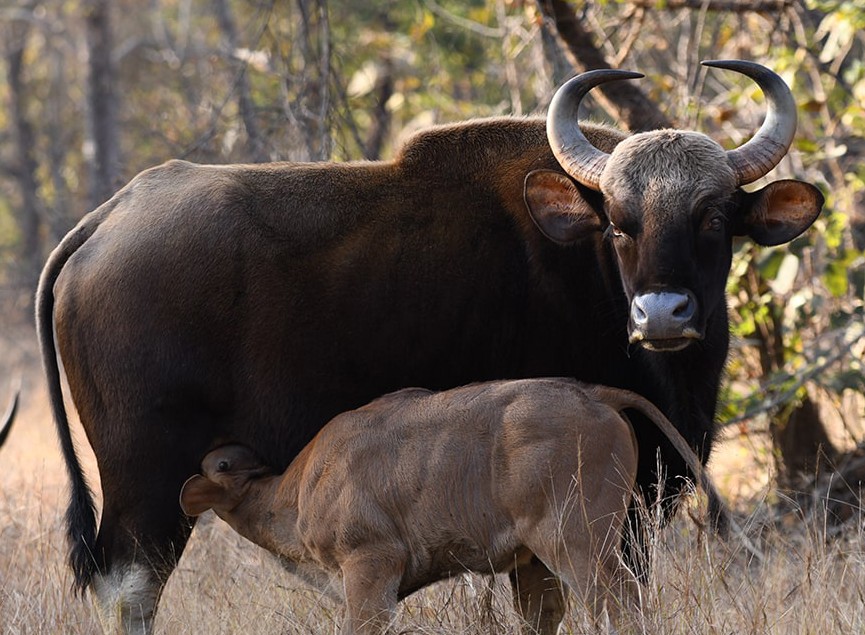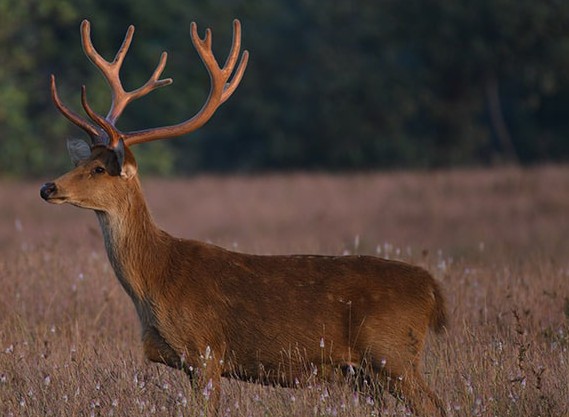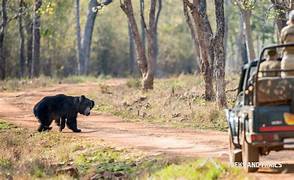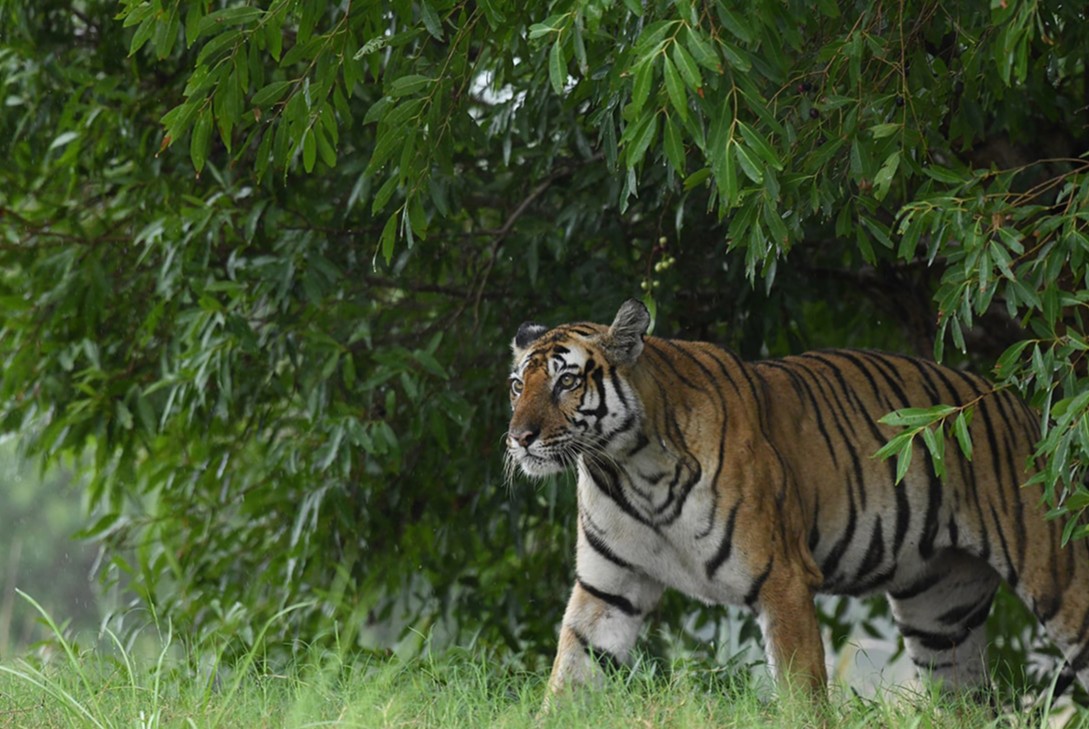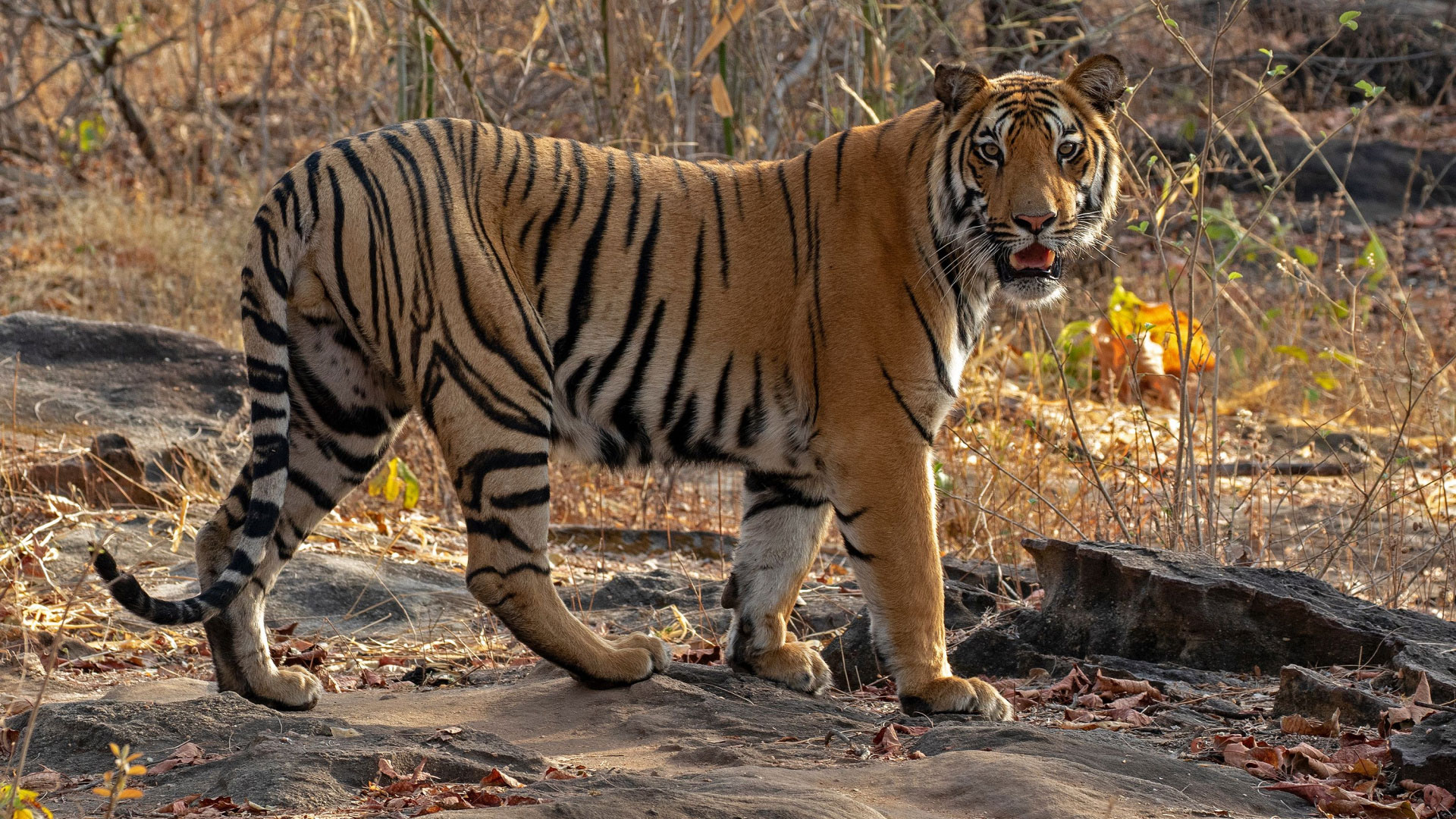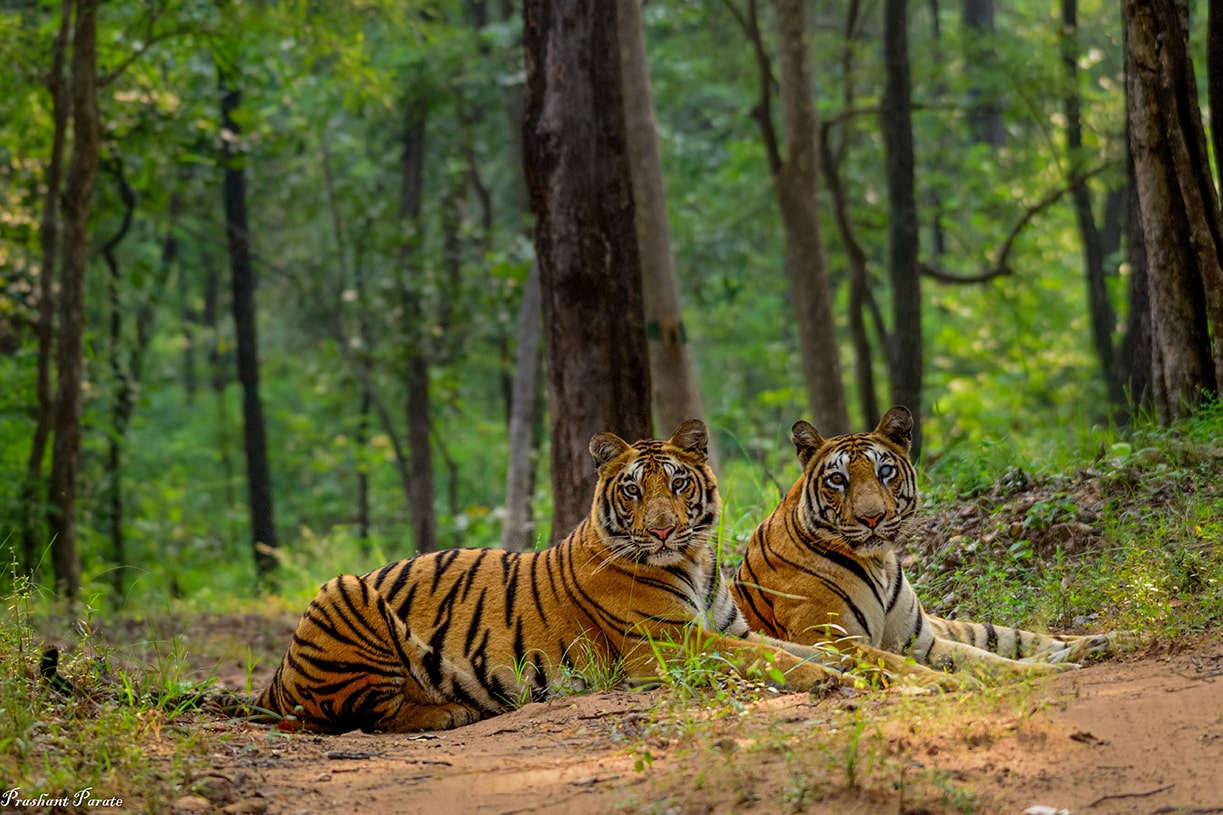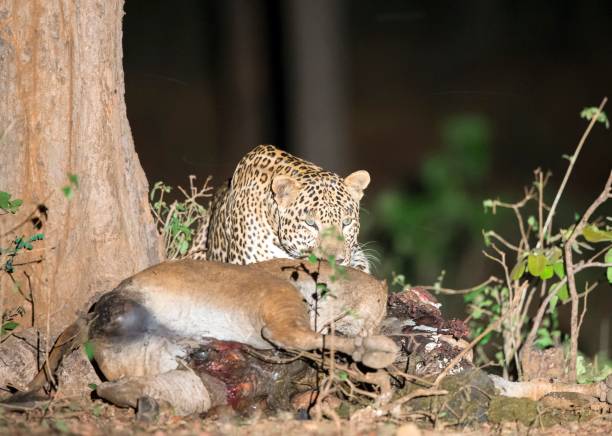Trees & Flora Variety
The forests are defined by Teak (west, dry) and Sal (east, moist). The range is rich in ancient flora, medicinal plants, and bamboo groves.
Animal Species
The ecosystem is home to apex predators like the Bengal Tiger and Leopard. You can also spot Gaur (Indian Bison), Sloth Bears, and the unique Dhole (Wild Dog).
Bird Variety
Over 300 bird species thrive here, including the striking Malabar Pied Hornbill. It acts as a biological corridor for species found far north and south.
Rivers & Lakes
It is the source of the west-flowing Narmada and Tapti rivers. Water sources include the Tawa Reservoir and countless perennial jungle streams.
Rock Types
Geologically, it's a Horst mountain made of ancient granites and quartzites. The surface often features thick layers of Deccan Trap (basalt) and Gondwana sandstones.
Small Insects
The region hosts a highly diverse population of butterflies and moths. These insects are vital pollinators that support the entire forest ecosystem.
